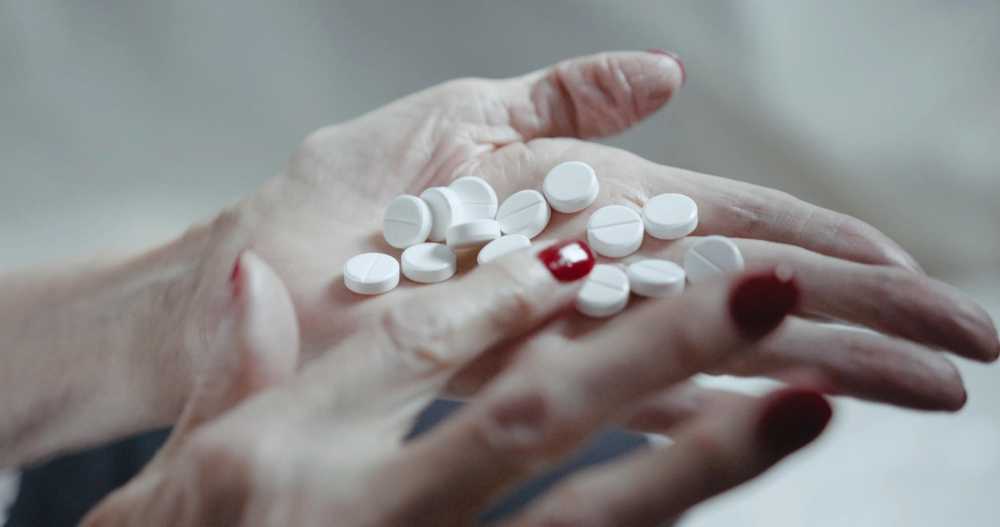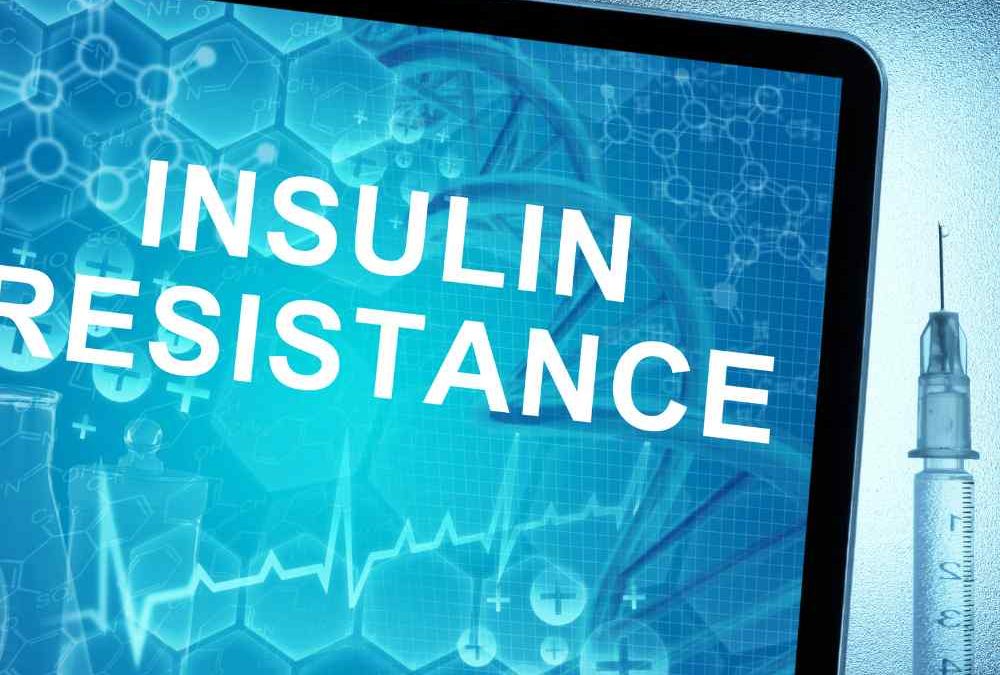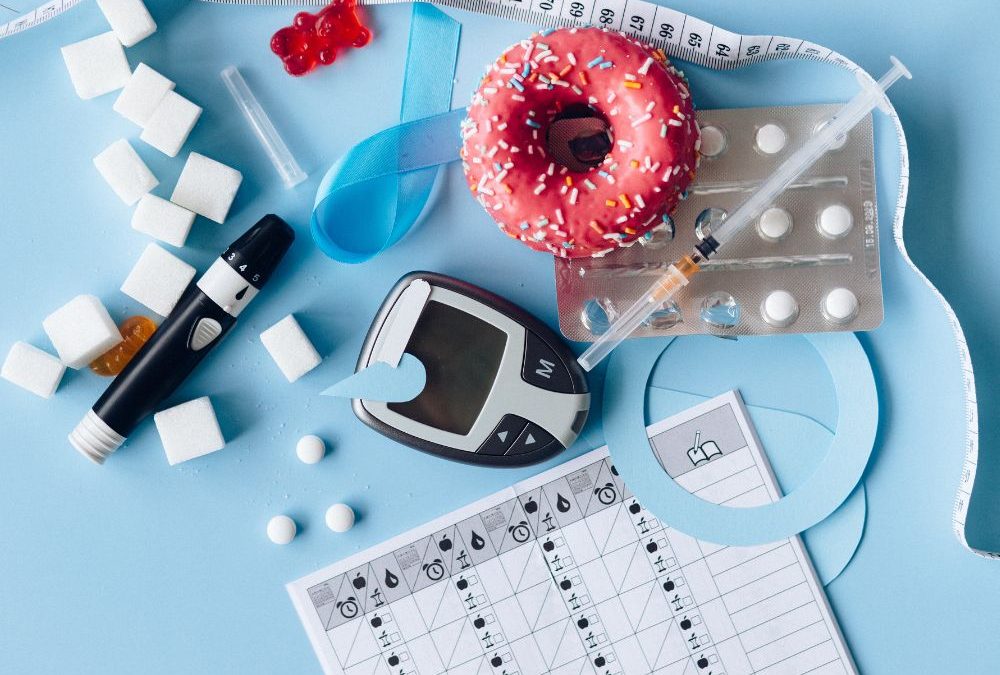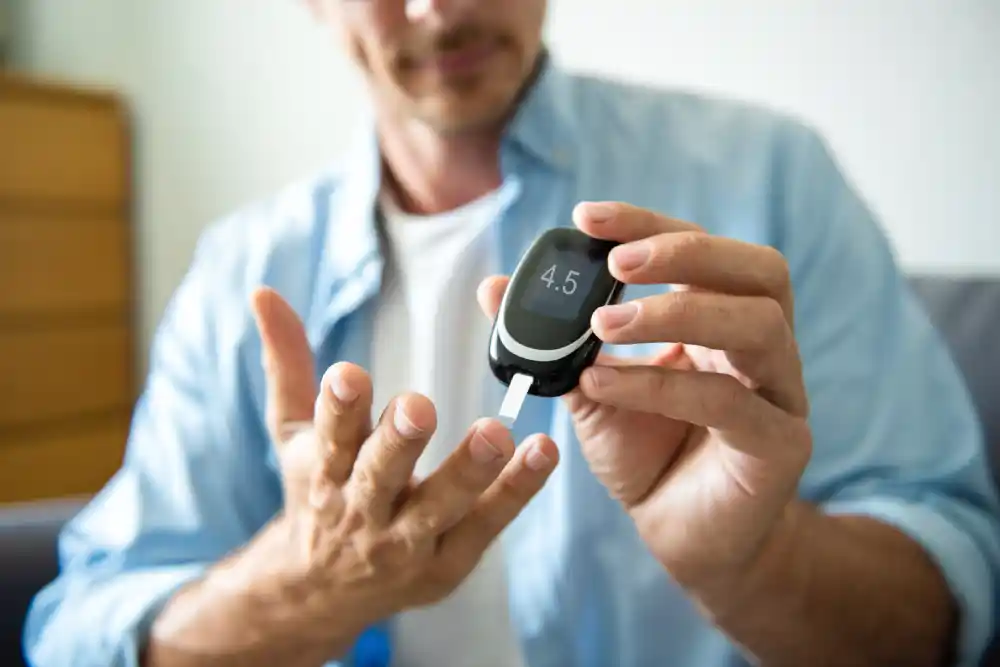Type 2 Diabetes Drugs
Type 2 diabetes, a chronic condition affecting millions worldwide, is a complex metabolic disorder that disrupts the body’s ability to regulate blood sugar levels effectively. Managing this condition is essential to prevent complications and maintain a healthy life. One of the cornerstones of type 2 diabetes management is medication. In this comprehensive guide, we’ll explore the various type 2 diabetes drugs available, their mechanisms of action, and how they play a pivotal role in managing this condition effectively.
Type 2 Diabetes Drugs: An Overview
Understanding Type 2 Diabetes
Type 2 diabetes, often referred to as adult-onset diabetes, is a metabolic disorder characterized by insulin resistance and high blood sugar levels. It affects how your body uses and stores glucose, the primary source of energy. Genetics, obesity, and lifestyle factors, such as diet and physical activity, all contribute to the development of type 2 diabetes.
Management of Type 2 Diabetes
Managing type 2 diabetes is multifaceted and includes lifestyle modifications, such as a healthy diet, regular exercise, and weight management. However, many individuals also require medication to maintain blood sugar control and reduce the risk of complications. There are several classes of type 2 diabetes drugs available, each with its unique mode of action.
Oral Medications for Type 2 Diabetes
- Metformin
Metformin is often the first-line treatment for type 2 diabetes. It works by improving insulin sensitivity and reducing the liver’s production of glucose. Metformin is effective in lowering blood sugar levels and has been widely used for decades with a well-established safety profile.
- Sulfonylureas
Sulfonylureas are a class of drugs that stimulate the pancreas to release more insulin. Common examples include glyburide and glipizide. While they effectively lower blood sugar, they can sometimes lead to weight gain and hypoglycemia (low blood sugar).
- Meglitinides
Similar to sulfonylureas, meglitinides stimulate insulin release from the pancreas. Repaglinide and nateglinide are common examples. These drugs work quickly and are often taken before meals to help control post-meal blood sugar spikes.
- Thiazolidinediones (TZDs)
TZDs, like pioglitazone, improve insulin sensitivity in the body’s cells. They are effective but may have side effects such as weight gain and an increased risk of heart problems.
Injectable Medications for Type 2 Diabetes
- Insulin
Insulin therapy is essential for many individuals with type 2 diabetes, especially as the disease progresses. It is administered via injections, either with a syringe, pen, or insulin pump. There are various types of insulin, including rapid-acting, short-acting, intermediate-acting, and long-acting, each serving a specific purpose in blood sugar management.
- GLP-1 Receptor Agonists
GLP-1 receptor agonists, such as liraglutide and exenatide, are injectable medications that mimic the effects of a natural hormone called glucagon-like peptide-1. These drugs stimulate insulin release and reduce appetite, making them effective for blood sugar control and weight management.
- SGLT-2 Inhibitors
Sodium-glucose cotransporter-2 (SGLT-2) inhibitors, like empagliflozin and canagliflozin, work by preventing the kidneys from reabsorbing glucose, leading to increased glucose excretion in the urine. This results in lower blood sugar levels and may also have cardiovascular benefits.
- Amylinomimetics
Pramlintide is an amylinomimetic drug that works by mimicking the action of amylin, a hormone that regulates blood sugar levels. It is often used in combination with insulin to improve post-meal blood sugar control.
Combination Therapies
In some cases, a combination of different types of type 2 diabetes drugs may be necessary to achieve optimal blood sugar control. For example, your doctor may prescribe a combination of metformin and a GLP-1 receptor agonist or insulin, depending on your specific needs and how your body responds to the medications.
Choosing the Right Medication
The choice of type 2 diabetes medication depends on several factors, including your overall health, individual response to the drugs, and the presence of other medical conditions. Your healthcare provider will work with you to create a personalized treatment plan that addresses your specific needs and lifestyle.
Side Effects and Considerations
All type 2 diabetes drugs can have side effects, and it’s essential to discuss these potential issues with your healthcare provider. Some common side effects associated with these medications include:
- Hypoglycemia (low blood sugar)
- Weight gain
- Gastrointestinal disturbances
- Fluid retention
- Elevated risk of urinary tract infections
- Risk of bone fractures
It’s crucial to monitor your blood sugar levels regularly and report any side effects to your healthcare provider. They can adjust your treatment plan as needed.
Beyond Medication: Lifestyle Management
While type 2 diabetes drugs are essential for many individuals, they should complement, not replace, lifestyle modifications. A healthy diet, regular physical activity, and weight management play pivotal roles in managing type 2 diabetes effectively. These lifestyle changes can often reduce the dosage of medication needed and improve overall health.
Future Developments
Ongoing research in the field of type 2 diabetes continues to yield promising results. Scientists are developing new medications and improving existing ones to enhance their safety and efficacy. Additionally, there is growing interest in understanding the genetic and molecular underpinnings of type 2 diabetes to develop more targeted and personalized treatments.
References
- American Diabetes Association. (2021). 6. Glycemic targets: Standards of medical care in diabetes-2021. Diabetes Care, 44(Supplement 1), S73-S84.
- Inzucchi, S. E., Bergenstal, R. M., Buse, J. B., Diamant, M., Ferrannini, E., Nauck, M., … & Matthews, D. R. (2012). Management of hyperglycaemia in type 2 diabetes: a patient-centered approach. Position statement of the American Diabetes Association (ADA) and the European Association for the Study of Diabetes (EASD). Diabetologia, 55(6), 1577-1596.
- American Diabetes Association. (2020). 9. Pharmacologic approaches to glycemic treatment: Standards of medical care in diabetes—2021. Diabetes Care, 44(Supplement 1), S111-S124.
- Handelsman, Y., & Bloomgarden, Z. T. (2017). Type 2 diabetes medications. In Diabetes (pp. 69-82). Springer.
- American Diabetes Association. (2021). 7. Obesity management for the treatment of type 2 diabetes: Standards of medical care in diabetes-2021. Diabetes Care, 44(Supplement 1), S100-S110.
Conclusion
Type 2 diabetes drugs play a crucial role in managing this chronic condition, but they are just one piece of the puzzle. A holistic approach that includes lifestyle modifications, regular monitoring, and individualized treatment plans is essential for effectively controlling blood sugar levels











